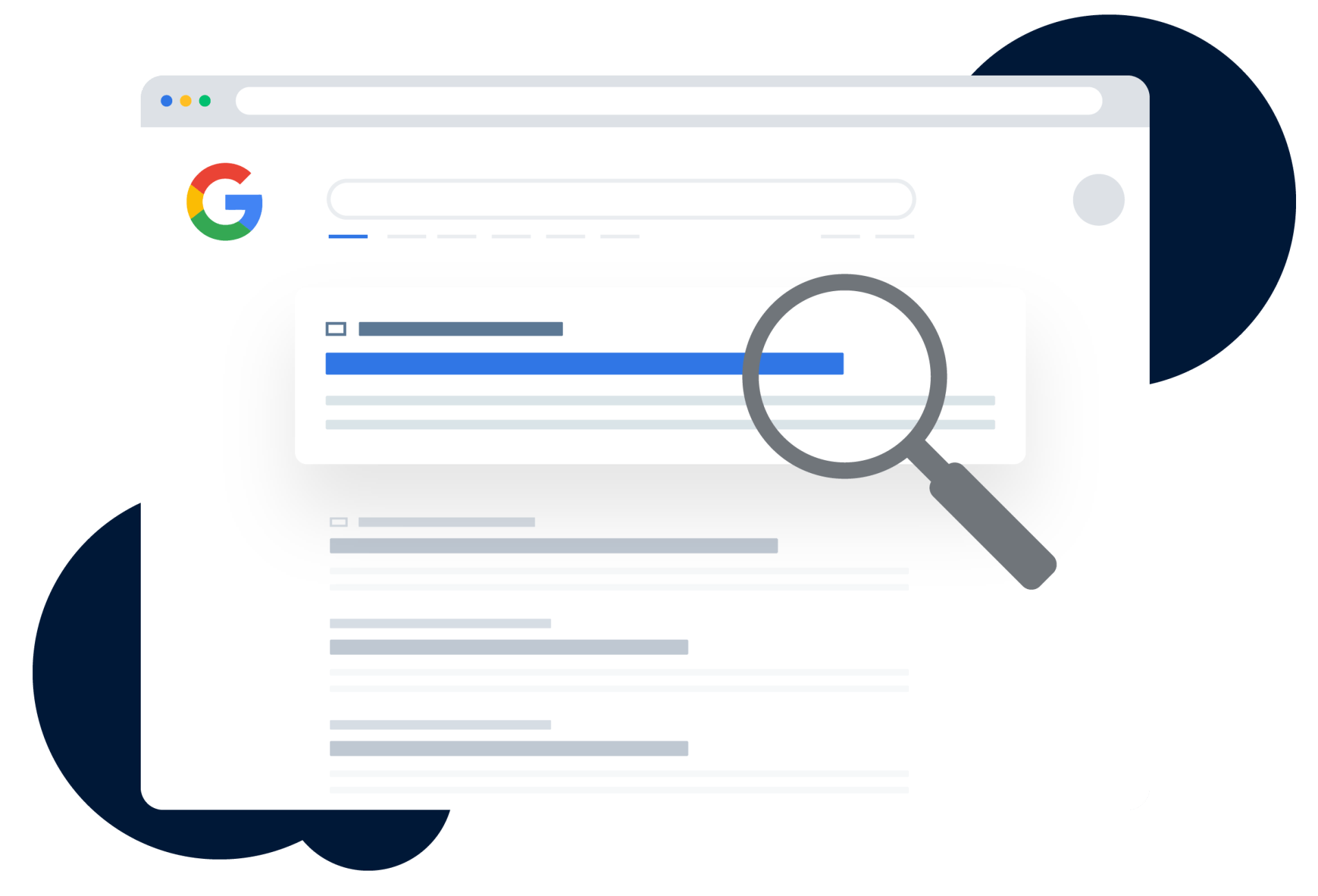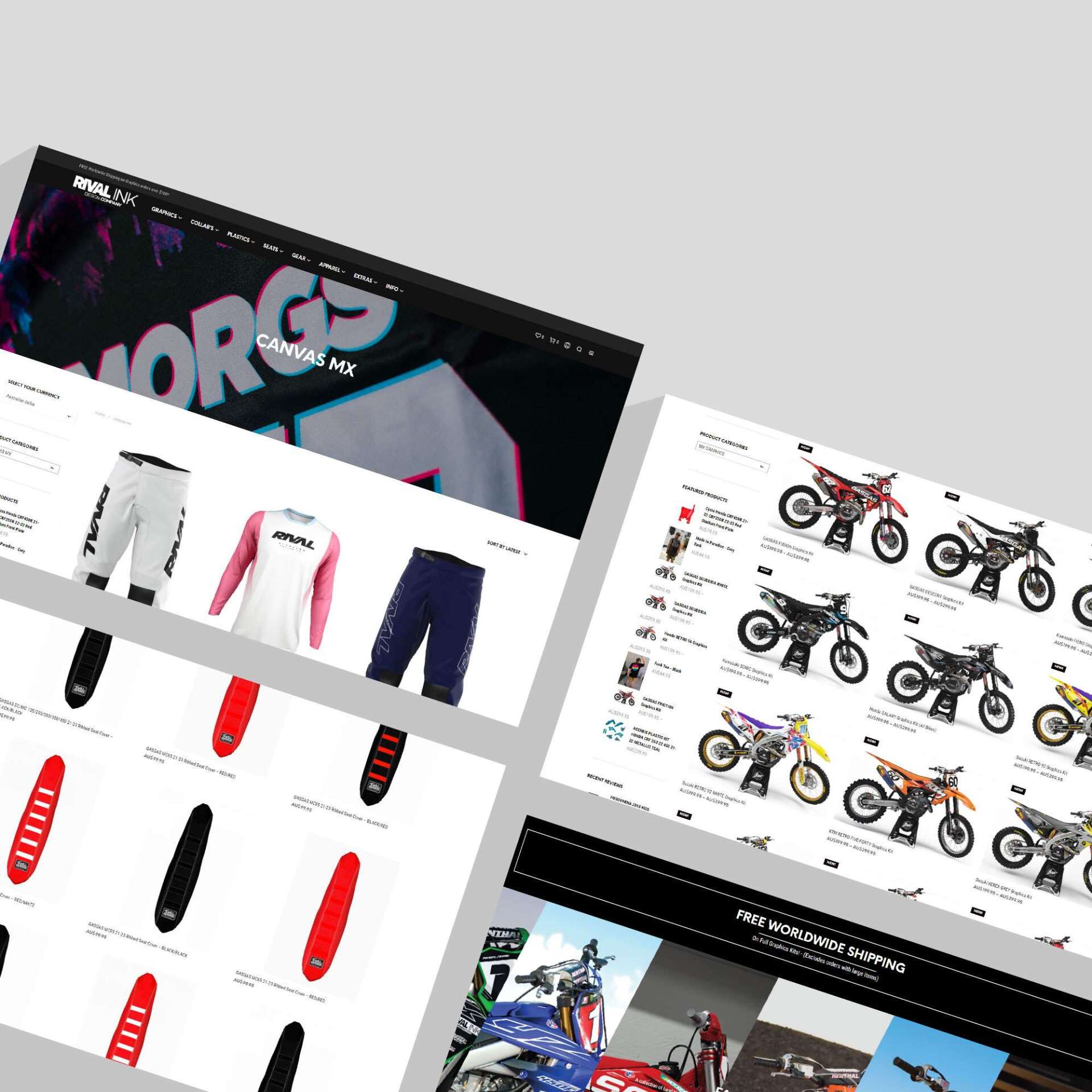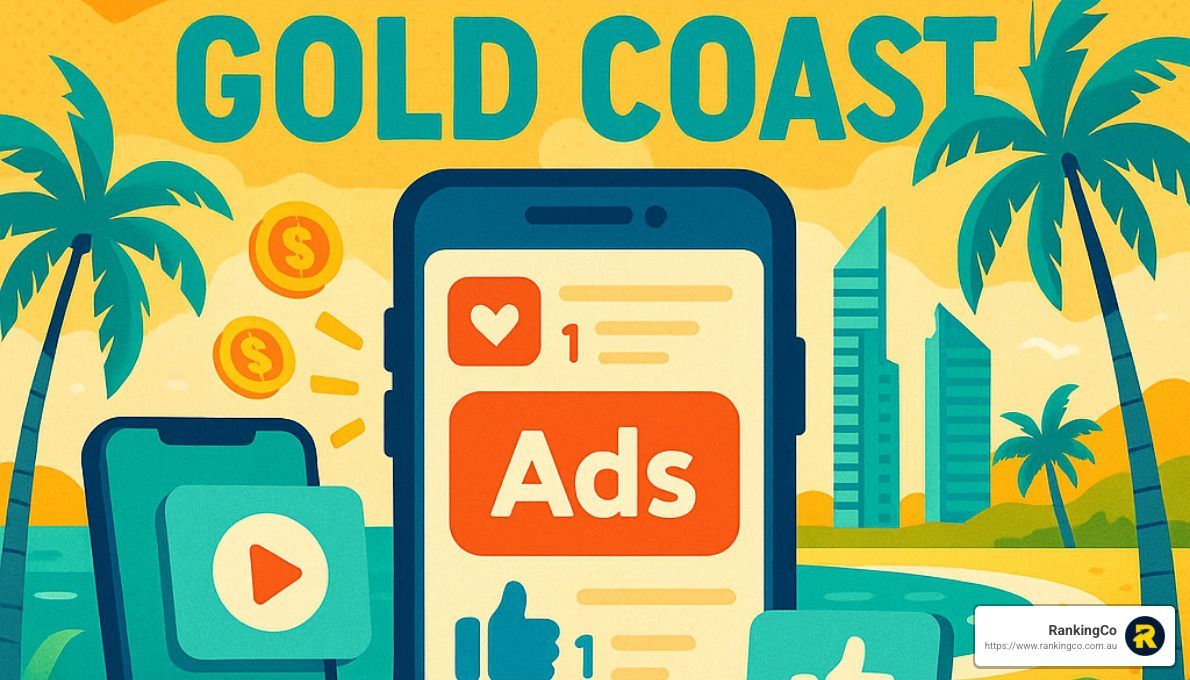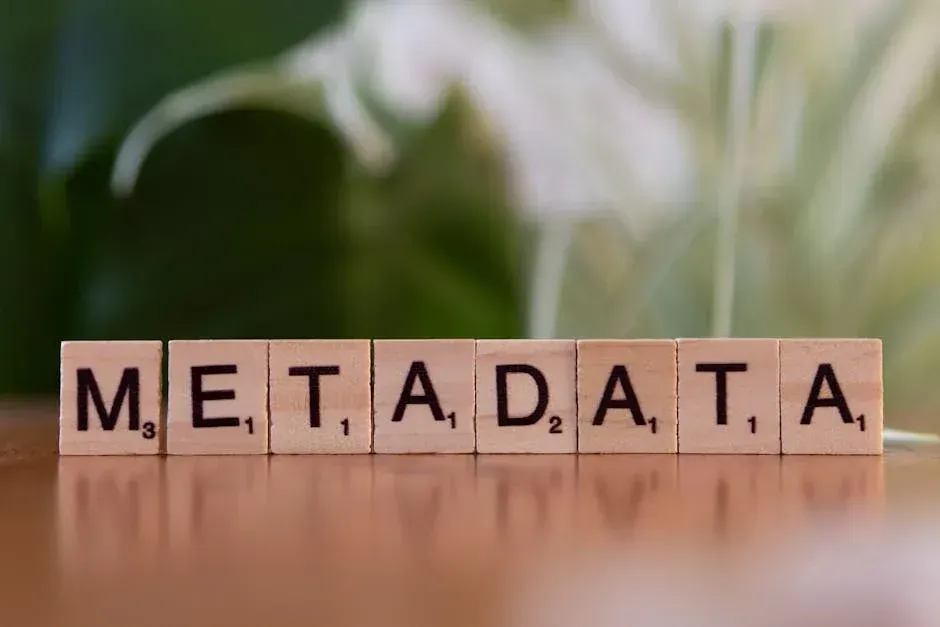3 Steps To Master Digital Advertising: Inside Google Marketing
If you’ve ever asked yourself how can I ensure that I make digital advertising as successful as possible? And what Google Ads products are best for me and my business goals? We’ve taken a look inside Google’s marketing guide to help you answer these questions.
Use Data To Set Goals
Google structures their ad campaigns towards clear goals. They first look at what they want to achieve with an ad campaign, this is the marketing objective (MO). Google ads performance products have been designed with four key focus: Lead Generation, Online Sales, Offline Sales, and Mobile Growth. They then look into their Key Performance Indicator (KPI), this then sets the actual campaign goal.
At Google Marketing, they’ve set their gold standard for performance campaigns as Customer Lifetime Value (CLV), which measures a customer’s value over a specific given time period. If you’ve never calculated a customer’s value before, they have a
useful guide to help you figure it out.
Use Conversion Tracking To unlock Automation
Conversion tracking is critical because this shows you whether or not your campaign is effectively driving the desired KPIs and goals, it allows you to calculate your campaigns ROAS or CPA to see if the campaigns cost-efficiency, and finally you save time and improve efficiency by unlocking automated bid strategies in Google Ads. If you’re feeling a bit lost, Google Ads Help can assist you in
setting up conversion tracking.
Google Ads has been designed with powerful learning algorithms to help get the right ads in front of the targeted audience. Once conversion tracking is set up, automated bidding is implemented.
Another form of automation Google utilises via conversion tracking is
dynamic creative formats.
Dynamic creatives deliver more revenue/sales per media dollar spent. The ads create are driven by machine learning algorithms to show images or text specific to different customers. Examples include Responsive Search Ads and Responsive Display Ads. They can be used in Search, Display, Shopping, Discovery, and App campaigns.
Waterfall Media Planning
Lastly, Google implements the waterfall methodology, this allocated budget to different channels based on how efficient they are. It starts off with the best performing channels, they receive full funding until it captured the demand within the set CPA and ROAS goals. The second layer is considered fully saturated, only then does the second best performing channels receiving funding. This is how the channels are prioritised until the overall CPA or ROAS reach the goal set by the CLV.
Running multiple campaigns and products across Google Ads can become complicated. Prioritising the best performing channels ensures you stay finally focused and measurement oriented. The best part, the waterfall approach works for any and budgets for both single country or global campaigns.
If you want to master the art of digital marketing, but may not have the knowledge or time to work on campaigns, our team at RankingCo is here to help. We take the complexity out and offer a human approach to digital marketing. Get in
contact with us today and see how we can help you grow your business online.















